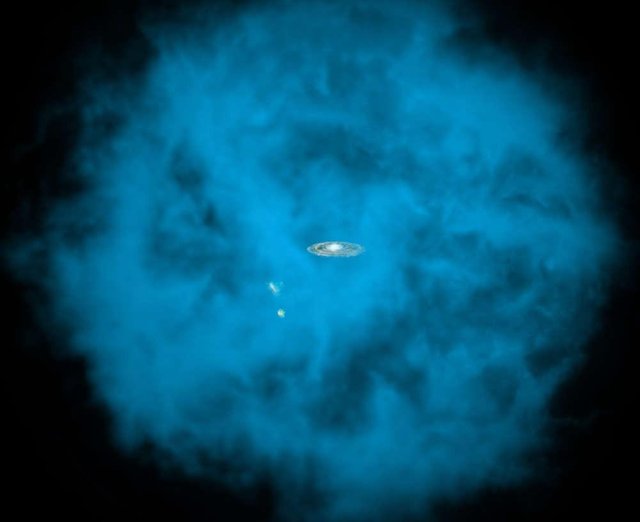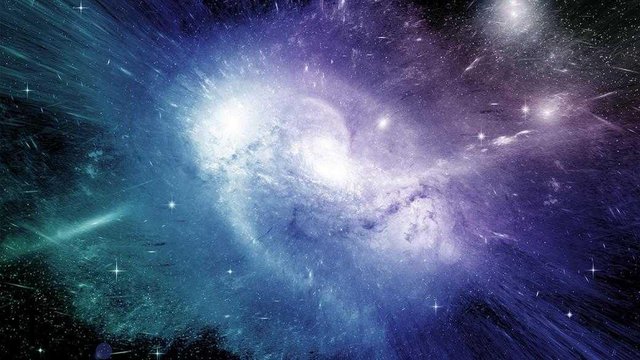
Cosmologists have found what they believe is one of the most seasoned stars in the Milky Way, going back to only 300 million years after the Big Bang.
Called J0815+4729, the star is found 7,500 light-years from Earth towards the Lynx group of stars. It's believed to be around 0.7 times the mass of the Sun, however around 400 degrees more sizzling on its surface. It was found in the radiance of the Milky Way, which is the locale around the plate that contains a large portion of its stars today. An investigation portraying the star is accessible on arXiv.
"Utilizing the Gran Telescopio Canarias (GTC) in La Palma, Spain, the researchers were likewise ready to conclude it has a millionth of the calcium and iron that is inside the Sun, yet around 15 percent of the carbon in our Sun. This makes it a metal-poor star, and indicates its to a great degree maturity of around 13.5 billion years.
We are aware of just a couple of stars (which can be depended on the fingers of a hand) of this compose in the radiance, where the most established and most metal-poor stars in our cosmic system are discovered," said David Aguado from the University of La Laguna (ULL) in Spain, the examination's lead creator, in an announcement.
"Hypothesis predicts that these stars could shape soon after, and utilizing material from, the principal supernovae, whose forebears were the primary huge stars in the Galaxy, around 300 million years after the Big Bang," included Jonay González Hernández, from the Canary Islands Institute of Astrophysics (IAC), a co-creator on the examination. "Regardless of its age, and of its separation far from us, we can at present watch it."

#A halo surrounds our Milky Way. NASA/CXC/M.Weiss/Ohio State/A Gupta et al.
Those oldest stars are known as Population III stars, hypothetical huge and extremely hot stars that are thought to have formed and gone supernova in the first few millions years of the universe. From these, stars like J0815+4729 may have been born.
It is not the only old star we’ve found in the Milky Way. We’ve found others before that seem to date to a similar time. But it highlights some of the secrets our galaxy is still hiding, and could help us work out how the first stars in the universe formed.
“Identifying and characterizing chemically these rare breed of stars will certainly shed light on the early chemical evolution of the galaxy and the nature of the first stars,” the team wrote in their paper.
Nice article! However, I believe that you meant that J0815+4729 actually contains 15% more carbon than our sun!
I happen to have written a similar article on Sunday explaining how we can estimate J0815+4729's age by knowing its composition.
https://steemit.com/physics/@thequantumknight/estimating-the-age-of-stars-j0815-4729-one-of-the-oldest-known-stars-in-the-milky-way
Downvoting a post can decrease pending rewards and make it less visible. Common reasons:
Submit
Hi, I found some acronyms/abbreviations in this post. This is how they expand:
Downvoting a post can decrease pending rewards and make it less visible. Common reasons:
Submit